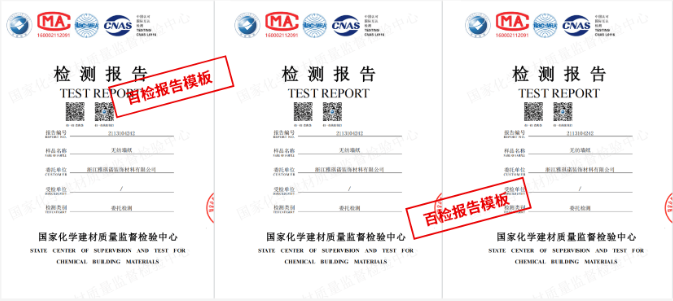
本文主要列举了关于内燃机车柴油机油的相关检测项目,检测项目仅供参考,如果您想针对自己的样品让我们推荐检测项目,可以咨询我们。
The detection project of diesel engine oil for internal combustion locomotives is as follows:
1. Viscosity: Viscosity is a measure of the oil's resistance to flow. It affects how effectively the oil can lubricate and protect the engine.
2. Flash Point: The flash point indicates the temperature at which the oil gives off vapor that can ignite in the presence of an ignition source.
3. Pour Point: The pour point is the lowest temperature at which the oil will flow. It is important for cold start-ups in winter conditions.
4. Total Base Number (TBN): TBN is a measure of the oil's ability to neutralize acids and prevent corrosive wear in the engine.
5. Total Acid Number (TAN): TAN measures the acidity of the oil, which can indicate the presence of contaminants or degradation.
6. Water Content: Detecting water content is important as it can lead to corrosion and reduced lubricating properties.
7. Insoluble Content: Insoluble content in oil can lead to sludge formation and engine deposits.
8. Sulfur Content: Sulfur content affects emissions and can lead to catalyst poisoning in emissions control systems.
9. Wear Metal Analysis: Analyzing wear metals provides insight into the wear rates of engine components.
10. Oxidation Stability: Oxidation stability measures the oil's resistance to breakdown due to exposure to oxygen at high temperatures.
11. Particle Count: Counting particles in the oil can indicate levels of contamination and wear within the engine.
12. Moisture Content: Moisture can accelerate oil degradation and lead to corrosion in the engine system.
检测流程步骤

温馨提示:以上内容仅供参考使用,更多检测需求请咨询客服。


